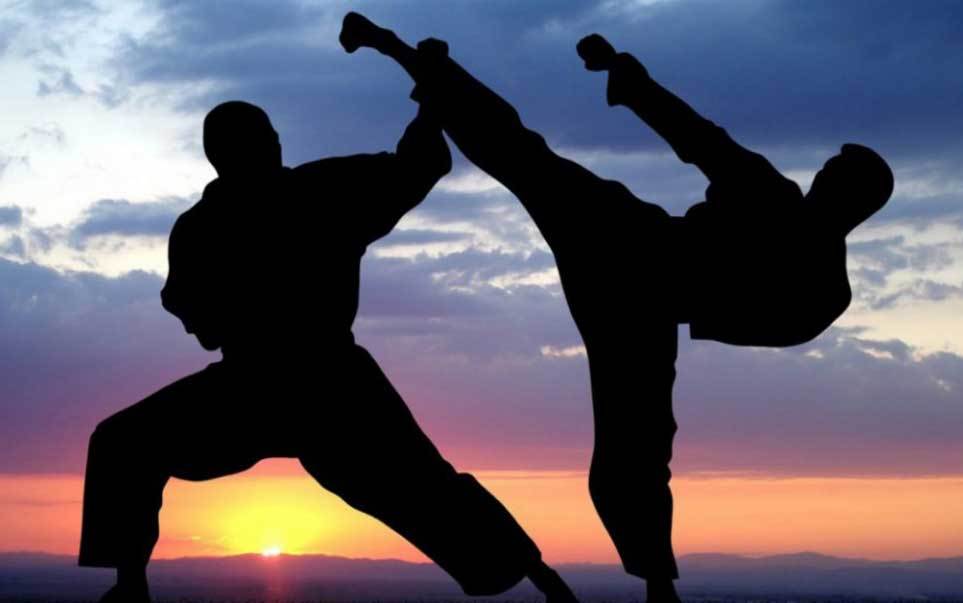Martial arts, in their most basic form, are a set of combat systems and traditions. They can be used for self-defense, military or law enforcement applications, competition and physical, mental, as well as spiritual, development and entertainment. The many forms and styles of martial arts included in the “martial arts”, include karate, kung fu, and karate. Many styles and types of martial arts can be used for self-defense or entertainment, as well as to preserve a nation’s cultural heritage.
Karate
Mental development is one of the greatest benefits of learning martial arts. Students learn character traits such as courage, tenacity and humility in addition to their physical fitness. They learn to be self-controlled, honest, and kind. They also form bonds with their fellow students. Martial arts classes encourage teamwork and encourage students working together in a team. Martial arts classes are designed to help students achieve balance in their lives and in their relationships.
The martial art evolved over centuries in East Asia. It was officially incorporated into Okinawa in the 17th century. It was likely prohibited to carry weapons. It was then imported to Japan during the 1920s and developed into a variety of styles and schools. Some styles of Karate include grappling, throwing, or vital point strikes. Karate is an art that is widely practiced in many countries. However, it shares many similarities to other forms of fighting arts.
SHUAI CHIAO
Shuai Chiao refers to the ancient jacket-wrestling style in Chinese martial arts. The art originated in the province of Hebei and was codified by the Shan Pu Ying of the Nei Wu Fu. This style is known in English as “Shaolin jacket wrestling.”
Shuai-chiao training has been practiced for over 4,000 years and was originally used to train the personal bodyguards of the Chinese Emperor. The martial arts has since been adapted for military training and is used by the police in China and Taiwan. Its rich history is why it is the subject matter of San-shou tournaments. Many variations of Shuai Chiao training have been developed, from Jiujitsu to more advanced forms.
SIKARAN
If you are looking for a Filipino Martial Arts Definition, look no further. This Martial Art combines mostly foot and hand fighting. It is based on the Filipino philosophy “One Man, One Goal”. Here are a few tips to learn more about this Filipino Martial Art. Below are some helpful tips and a definition of Sikaran martial art. Sikaran is not a Sport, but a Martial Art.
Sikaran’s main objective is to strike your opponent from behind. To do this, you need to understand their movements. Sikaran uses similar kick techniques to other Asian martial art. Kicking mechanics include sideways, frontal, spinning, upward, downward, snapping and follow-through. Sikaran’s kicks include padamba and pilatik as well as tuhod.
SIL LUM
Sil Lum kung Fu was developed during China’s Ming Dynasty in the 17th century. It was developed by a Buddhist monk using techniques learned from five Shalin temple Masters. Over time, the practice evolved. Many Chinese fled to the United States and neighboring countries during the Cultural Revolution. Many Chinatowns have sprung up all over the globe as a result.
In the early 1950s, Tim Yuen Wong, a member of the Kin Mon club in Oakland, California, began training in the art. After serving in U.S. Army during World War II, he started training at TY and became a proponent of sil lumgung. He was a pioneer in introducing the style to the martial arts community in the United States through self-published books.
NINJA
NINJA is often confused for Ninjitsu which is a modern form of martial art. Although they are closely related, the correct pronunciation is Ninja. Ninjutsu was born from the combination of Ju Jitsu and traditional Ninja techniques. Ninjutsu derives its name from ninja which is closely related with Ju Jitsu. In fact, the two words come from the same root: ninja.
Ninjutsu is the martial art of a Ninja, which literally means “arts of endurance.” The term derives from the Japanese concept of nintai, which means “to endure.” The art itself combines techniques from both the internal and external worlds. It’s basically a modified version of traditional Japanese military arts. Neben combat and fighting, ninjas also learn how to use flexible weapons that can be both long- and flexible.
ESCRIMA
There are many types of eskrima. The art is most focused on offensive fighting techniques. Escrima is a relatively simple fighting system that was designed for both combat and civilians. Nevertheless, mastering advanced techniques and skills takes years and will reveal the unique complexity of the art. Different weapons, techniques, or specialized practices are available for each type.
The Philippines were under Spanish control for a long period, from 1565 to 1898. This period had a profound impact upon the local culture. Spanish fencing, for instance, has had a profound effect on traditional Philippine martial arts, giving rise to Eskrima. Even though Eskrima was developed from the Filipino system, it still has Spanish influences. Eskrima is a rich history, even though its roots are not clear.
